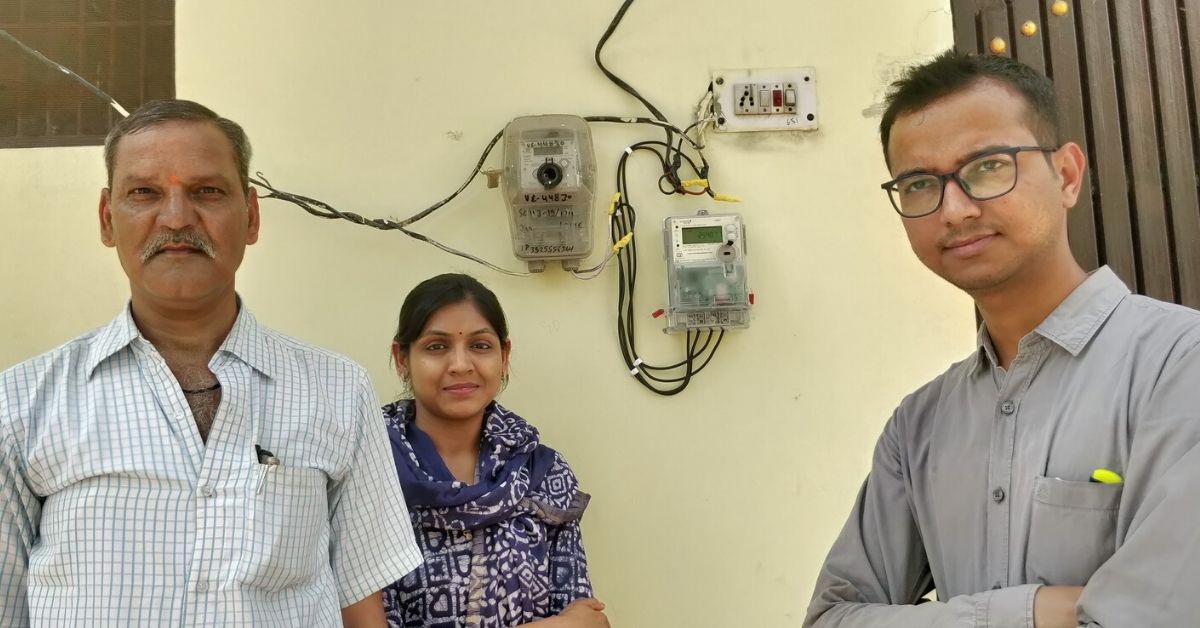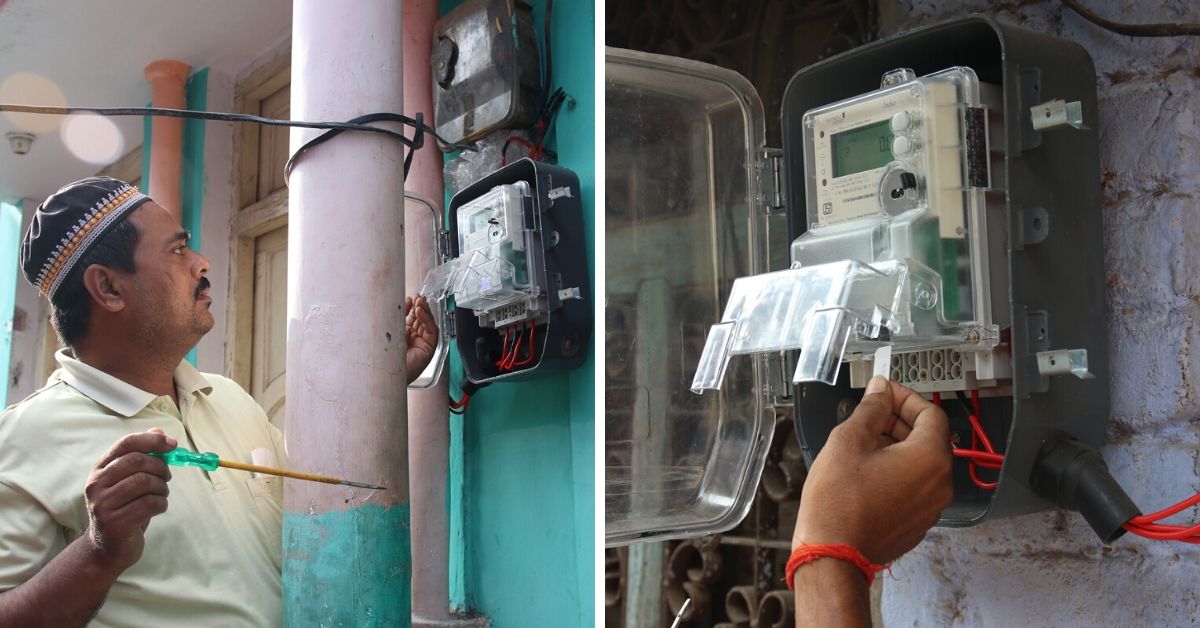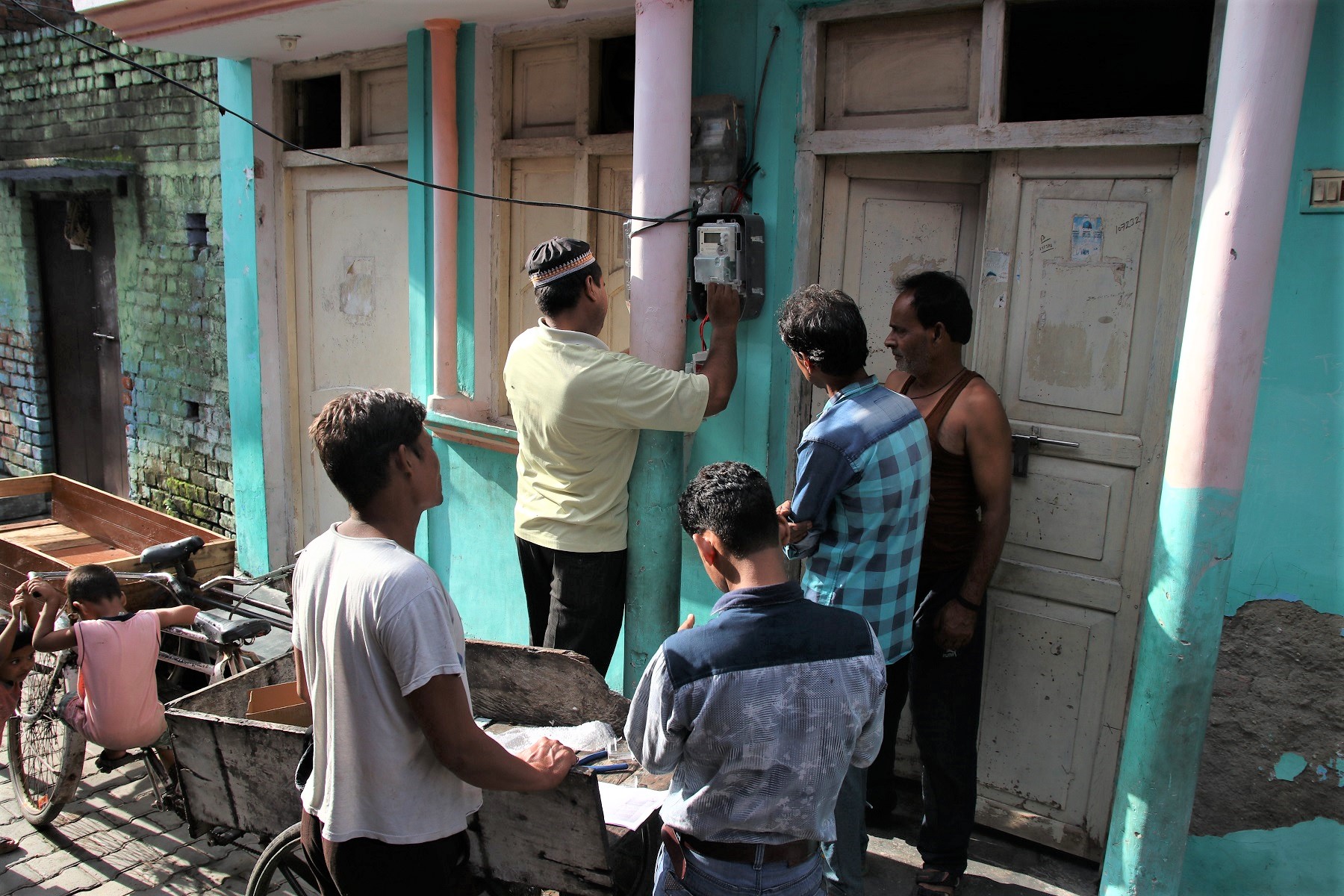Smart Metres Can Make Your Electricity Bills Safe. New Survey in UP Shows How
Have you ever felt your electricity bill was higher than your usage? Or wondered about power cuts? Smart metering technology can answer such questions!

Since 25 March, India has been under a lockdown. More than a billion people are restricted to their homes, practising social distancing to guard against the spread of novel coronavirus. These also include the meter readers, people who come to our homes every month to read our electricity meters and generate bills. This allows the power distribution companies (discoms) to collect revenues and keep the power flowing.
But with the ongoing lockdown, power companies are in a fix as to how to generate bills.
Several states have directed power companies to bill consumers based on their past readings. With millions of new consumers and the onset of the summer, this strategy may fall short in meeting discoms’ revenue requirements as electricity consumption rises. It is in times like these when one looks for smarter solutions.
Luckily, we have one – the smart meter.
Smart metering consumers
Unlike conventional meters, smart meters allow discoms to record electricity use continuously and generate bills remotely. In India, nearly two million homes already have smart meters on their premises. For these consumers, it would be easy for discoms to generate bills even during the lockdown.
But the reasons why power companies are turning towards smart meter technology are different.
In 2019, discoms in India incurred a loss of more than INR 28,000 crore. Inefficient bill generation, low payment rates, and electricity theft are among the reasons behind these loses.
Most of us have witnessed or heard stories about people paying the meter-readers for generating a lower than the actual bill or simply to avoid any payment. With smart meters in place, discoms hope to reduce losses due to such under-billing and underpayments. For consumers who do not pay their bills, discoms can remotely disconnect their power connections, thus forcing timely payment. As for checking the electricity theft, smart meters are fairly tamper-proof and can be used to detect unusual activity.
What’s in it for the consumers?
Recently, researchers at the Council on Energy, Environment, and Water (CEEW) conducted a pilot study with smart meters in 100 households in Mathura and Bareilly districts of Uttar Pradesh.
Data collected using smart meters shows that urban homes in these districts faced multiple power cuts, with an average outage of two hours every day. Most families also faced the problem of very high or very low supply voltages, which is bad for appliance health and safety.
The CEEW study shows that with smart meters, discoms can monitor the power outages or voltage fluctuations on a real-time basis and resolve such issues without waiting for complaints from the consumers. This can save people from the inconveniences related to power cuts.
On that note, have you ever wondered why the power cuts are mainly a summertime phenomenon? Because people use more electricity to run their air-conditioners and coolers. If on a sweltering day, the electricity demand surpasses the supply scheduled by the discoms, discoms have to undertake ‘load-shedding’ or cut the power supply in certain areas. In residential areas with limited infrastructure capacity, high loads can lead to power-tripping or transformer breakdown.
With smart meters, discoms can understand the electricity used by people at different times of the day (at every 15-minute interval). Such granular information can help discoms to forecast future demand and procure enough power to meet demand or expand infrastructure capacity where needed. This would help avoid unwarranted power cuts.
What’s more, armed with information from demand forecasting, discoms can buy cheaper power from real-time markets (like stock markets) and reduce the cost of electricity. So, smart meters may also offer some relief to the consumers from the ever-rising power tariffs.
But that’s not it. Besides a reliable and cost-effective supply, smart meters can genuinely empower the consumers, by allowing them to track and control their power consumption on a real-time basis through mobile apps.
Many people during our research complained about their electricity bills being too high. We compared the units recorded by our smart meters with the meters installed by discoms but found no significant difference. To understand the reason behind such perception, we asked people about their air-conditioners’ usage hours and compared it with our estimates from smart meter data. We found that many people under-estimated their appliance, and hence, the electricity use.
Thus, daily feedback on electricity use or hours of air-conditioner usage could help many consumers to manage their expectations as well as save energy through lower usage.
Are we all set to have smart meters in all homes?
Yes, and no. Whether we can realise the benefits from smart meters would depend upon the way smart metering infrastructure is deployed, operated, and used.
CEEW’s research finds that smart meter deployment is a complex activity fraught with several challenges, such as loss of data due to network gaps and lack of consumer trust in the technology. Many consumers in states like Uttar Pradesh and Haryana have reported instances of inflated bills, reflecting the teething problems associated with the implementation of complex systems. Addressing these issues through pilot projects and consumer engagement would be crucial for a smooth functioning smart metering infrastructure.
Using smart meters for advanced purposes like outage management and demand forecasting would require discoms to undertake organisational reforms and skill-building exercises across all verticals.
Finally, there is nothing like a free lunch. Smart meters cost money. Discoms are currently paying ~INR 100 per meter/month to Energy Efficiency Services Limited (EESL), the agency implementing smart meters under a leasing model.
Also Read: IIT-G Says The Water From Your Tap Can Generate Electricity. Here’s How
At this rate, discoms would have to spend ~INR 25,000 crores/year for covering all Indian homes with smart meters. In areas where the losses due to inefficient billing and collection are high, benefits from loss reduction could cover the cost of smart meters. Elsewhere, we need to weigh their benefits against costs carefully.
During her 2020 Budget speech, the Union Finance Minister urged the states to install smart meters in all homes within three years. Given the current lockdown and various implementation issues, both the timeline and the scope need to be revised. Yet, many consumers in urban areas stand to benefit from smart meter technology through the provision of reliable power supply and better control over their electricity use and expenses.
(Written by Shalu Agrawal and Sunil Mani. Edited by Shruti Singhal)
Like this story? Or have something to share?
Write to us: [email protected]
Connect with us on Facebook and Twitter.
This story made me
- 97
- 121
- 89
- 167
Tell Us More
We bring stories straight from the heart of India, to inspire millions and create a wave of impact. Our positive movement is growing bigger everyday, and we would love for you to join it.
Please contribute whatever you can, every little penny helps our team in bringing you more stories that support dreams and spread hope.



















